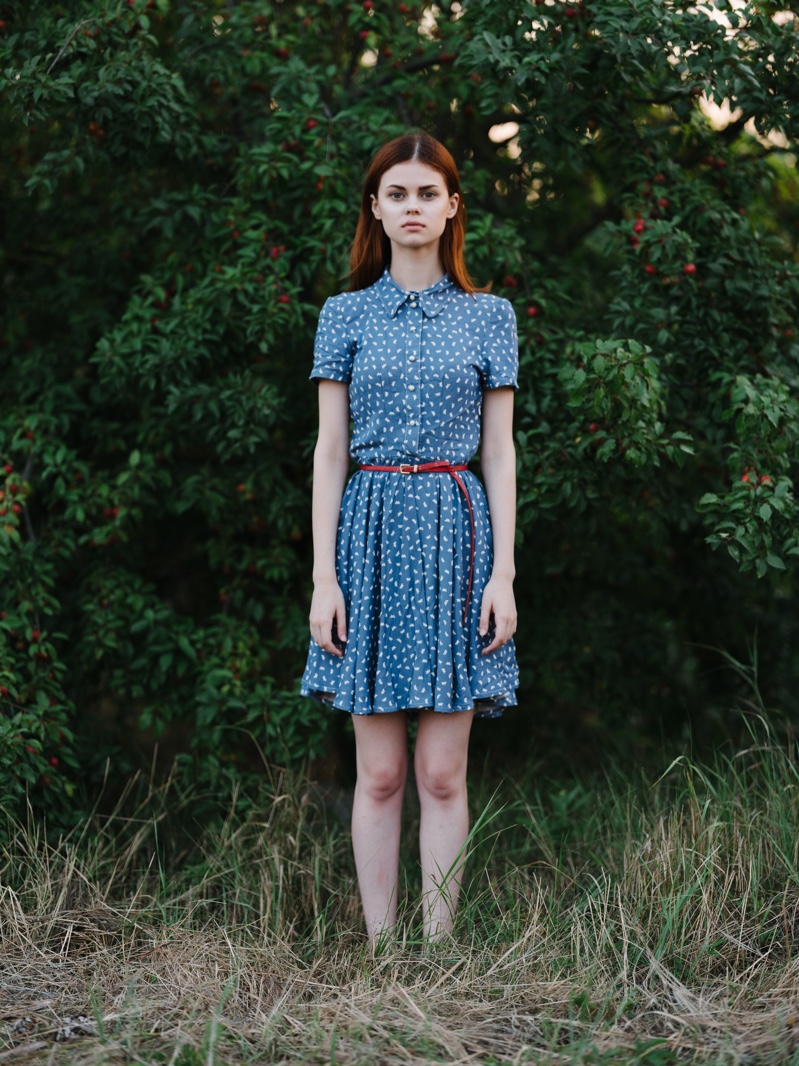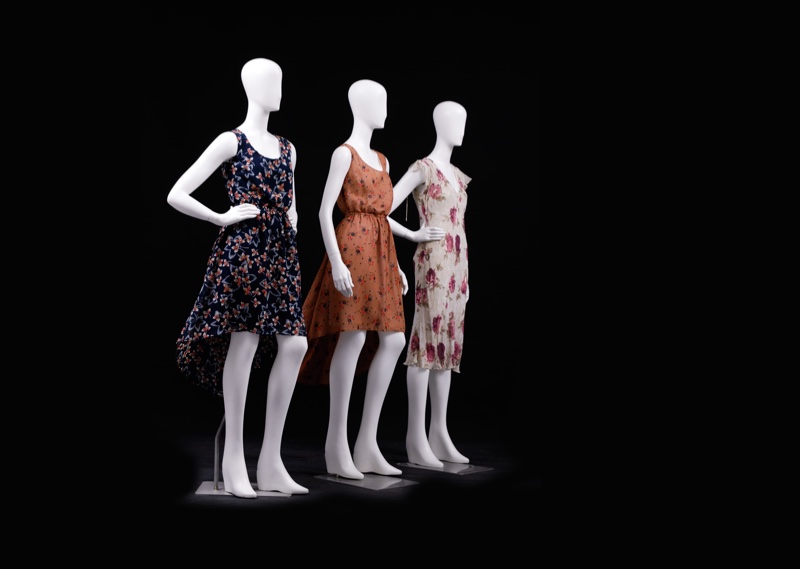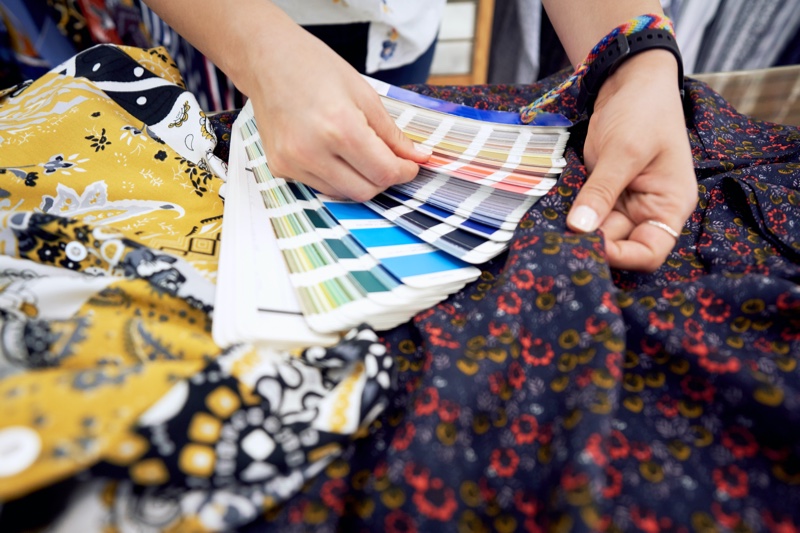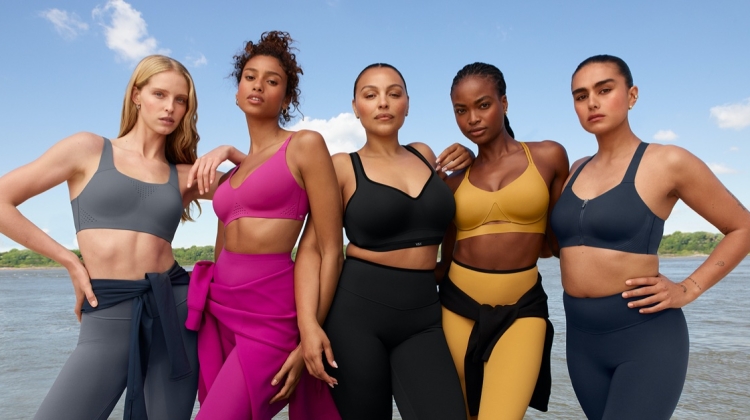
In recent years, the fashion industry has been undergoing a significant transformation as brands and consumers become more conscious of the environmental impact of clothing production.
Once a dominant force, fast fashion is now under scrutiny for its wasteful practices, leading to the rise of sustainable alternatives. Print-on-demand is one of the most innovative solutions that has gained momentum in this shift toward sustainability.
This approach, which allows garments to be produced only after an order is placed, significantly reduces waste and overproduction. Print-on-demand has become an indispensable tool for sustainable fashion brands that are looking to align their values with eco-friendly practices.
Through online print on demand shops, these brands can minimize their environmental footprint while offering unique and customizable fashion items.
The Problem with Traditional Fashion Production

To better understand the benefits of print-on-demand, let’s first examine the significant environmental issues that the traditional fashion production process has caused.
Currently, fashion manufacturing is characterized by a conventional production system, whereby large quantities of apparel are produced, and in most cases, production is based on forecasted demand.
As practical as this method is in making clothes in significant numbers, it is disadvantageous because it is very wasteful. Brands sometimes oversell consumers, which often results in them having extensive inventories of products that they cannot sell, selling them at throwaway prices, or burning them.
Also, the clothing production system is fast, with new collections being produced several times a year, which puts pressure on businesses to work faster and at a cheaper price.
This often results in subpar labor relations and the utilization of materials that could be more environmentally friendly. The consequences are well-documented: high water intake, hazardous chemicals, and the disposal of a considerable quantity of textile waste, which contributes to the increasing garbage in landfills.
Why Print-On-Demand is the Sustainable Solution

In its simplest form, print-on-demand is a production system that implies products’ manufacturing only after an order is received. This process also helps to avoid large quantities of stock and product waste. This model is highly attractive for sustainable fashion brands. It reflects the company’s overall idea of minimizing waste and environmental damage.
However, this manufacturing technique stands out because it minimizes textile use. UNEP has estimated that the fashion industry contributes approximately 92 million tons of waste annually. Most of this is due to overproduction.
However, on-demand manufacturing ensures that products are only produced when there is an identified customer. Thus, there is no possibility of excess inventory. Environmental-friendly brands are no longer speculative—they can only make what is required when needed.
Besides, print-on-demand helps to promote environmentally friendly materials. Today, many services use technologies that allow the use of eco-friendly fabrics, including organic cotton, recycled polyester, and bamboo.
This ensures that the printed products save on printing costs and are environmentally friendly from the onset. This is an excellent advantage for fashion brands focused on sustainability since they can create clothing that represents their stance.
Yet another advantage of this manufacturing method is that it is suitable for slow fashion. While fast fashion is centered on the rate of production and the speed of product turnover, slow fashion is centered on the quality and durability of the products.
Manufacturing on demand allows brands to produce rare, personalized items made as they are ordered, which helps reduce the purchasing of many low-quality products.
As consumers change their attitude toward purchasing new garments, the demand for new clothes must be lowered, and the industry’s negative impact should be minimized.
Customization & Consumer Interaction

It’s not just about sustainability: print-on-demand also helps brands be closer to their customers. Customization is another way fashion brands can appeal to the consumer’s personal tastes while eliminating the need to mass-produce clothes for each collection.
Customers can freely select the design they want, the color they prefer, and sometimes even the fabric type, assured that the product being produced is a custom-made item.
Customization allows brands to create unique designs that resonate with customers’ personal values and preferences, fostering a deeper connection. By catering to niche markets, brands can offer specialized products without the financial risks of overproduction.
This personalized approach encourages consumers to take better care of their items, extending their lifespan and supporting sustainability. Additionally, it reduces the chances of returns, as customers receive precisely what they envisioned, minimizing waste and excess inventory.
Reducing Carbon Footprints

Print-on-demand reduces wastage and lowers the carbon impact of fashion manufacturing. A conventional supply chain in manufacturing entails transporting huge volumes of garments from production facilities to distribution outlets, retail outlets, or warehouses. This long supply chain is a problem because of the amount of transport involved.
In demand-driven production, these steps are optional. Items are made to order and conveyed directly from the production line to the consumer, eliminating additional shipping channels. This decreases carbon emissions and cuts packaging costs, thus lowering the environmental footprint.
Slow Fashion’s Rise

With the pressure building up for fashion players to act sustainably, print-on-demand has become a key enabler of sustainable fashion. Made-to-order production follows slow and sustainable fashion by avoiding overproduction. It also minimizes wastage and provides more sustainable and tailored clothing options.
Since consumers increasingly expect brands to be transparent, create products ethically, and use sustainable materials, this technique will have an even more significant impact on fashion.





